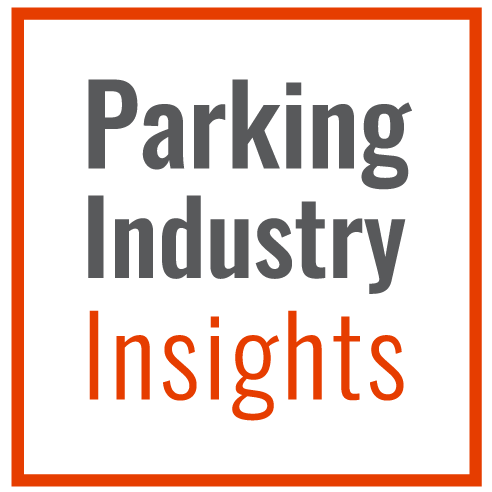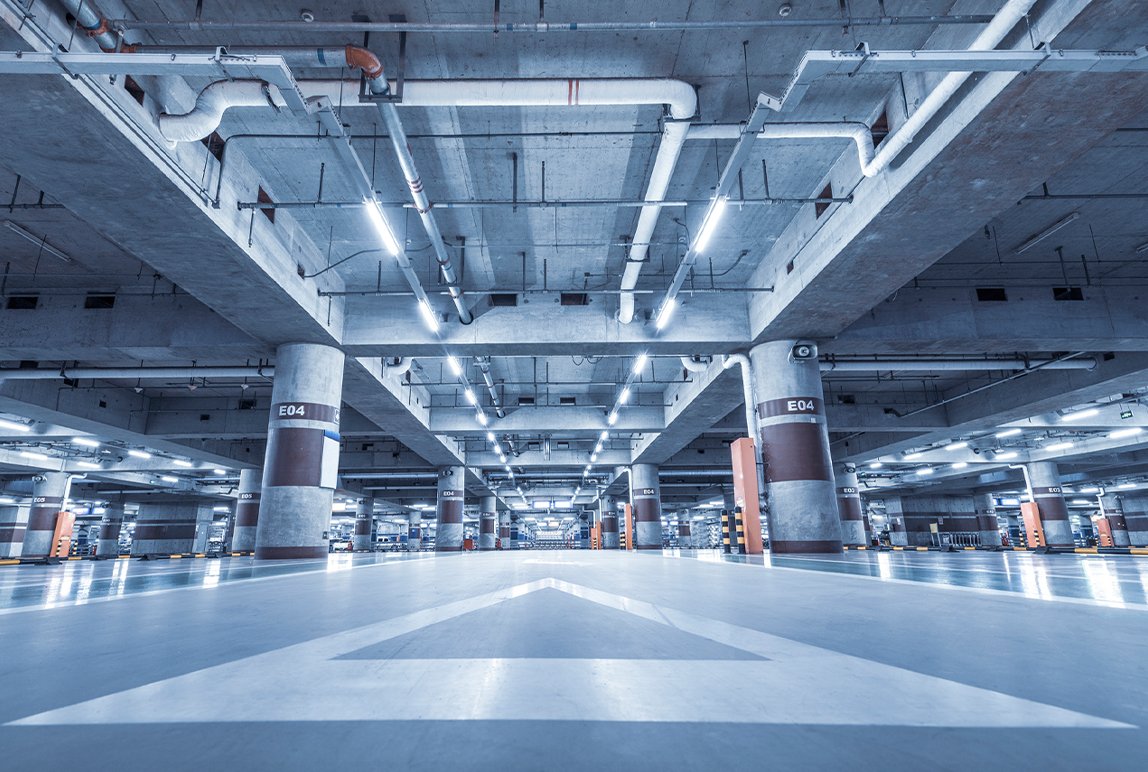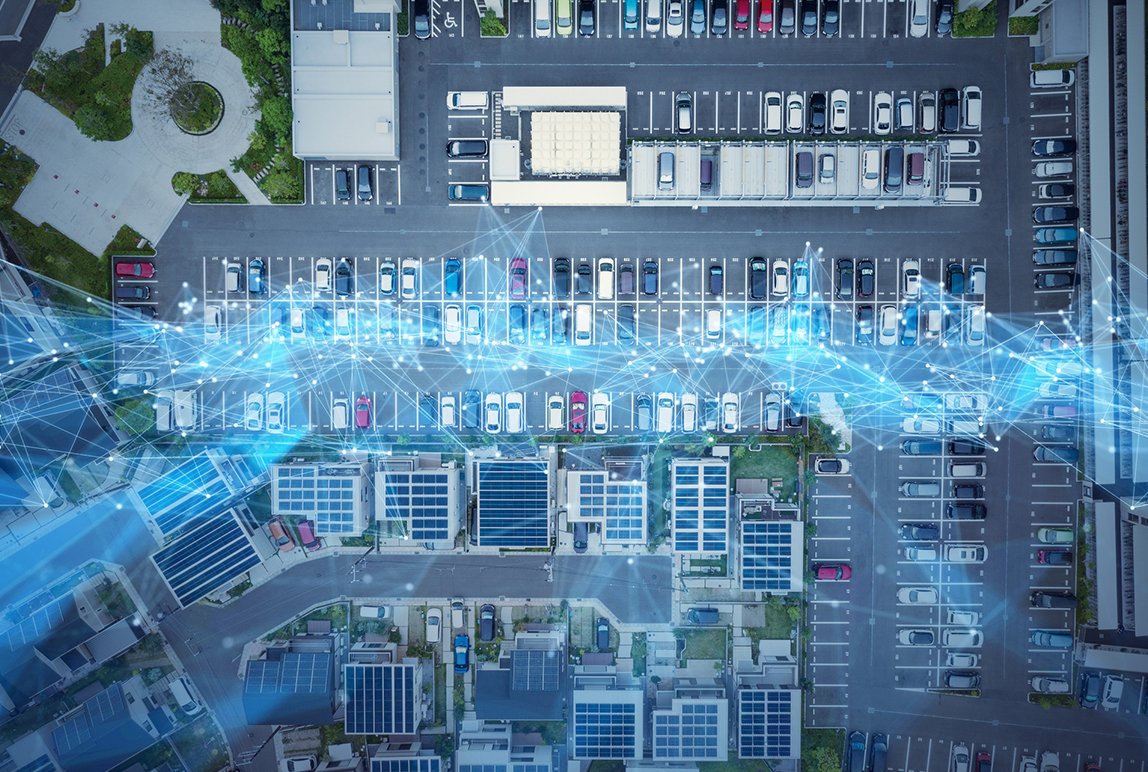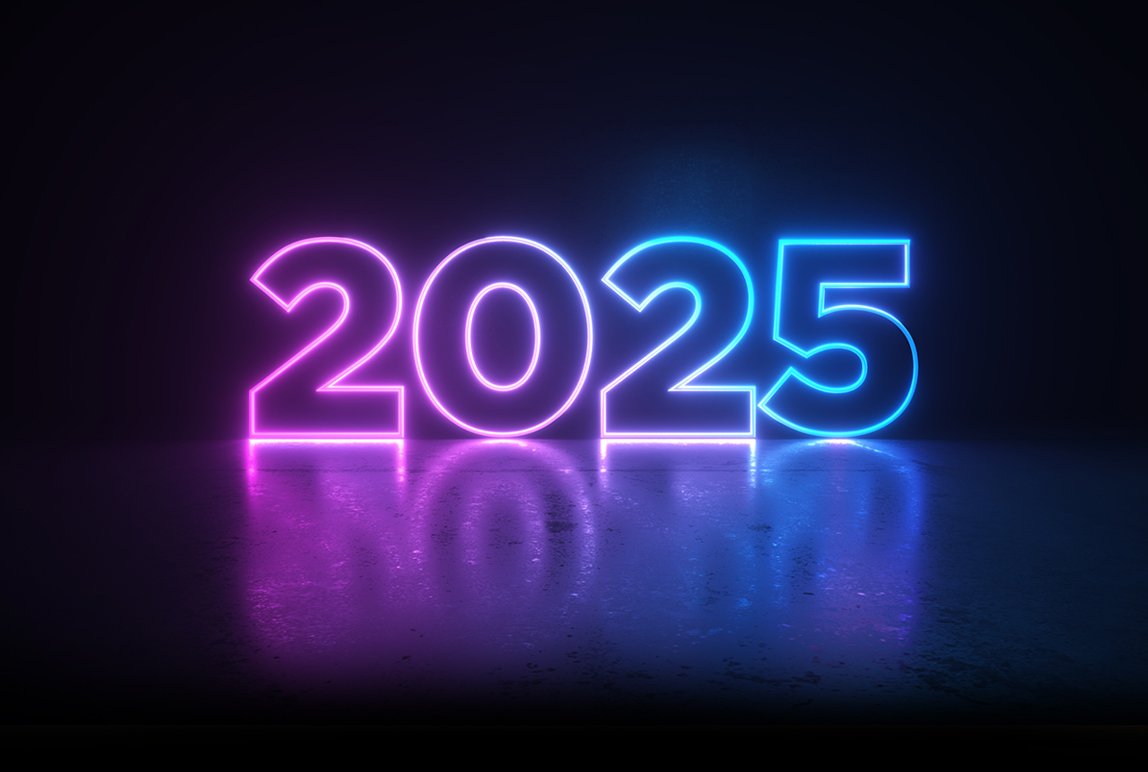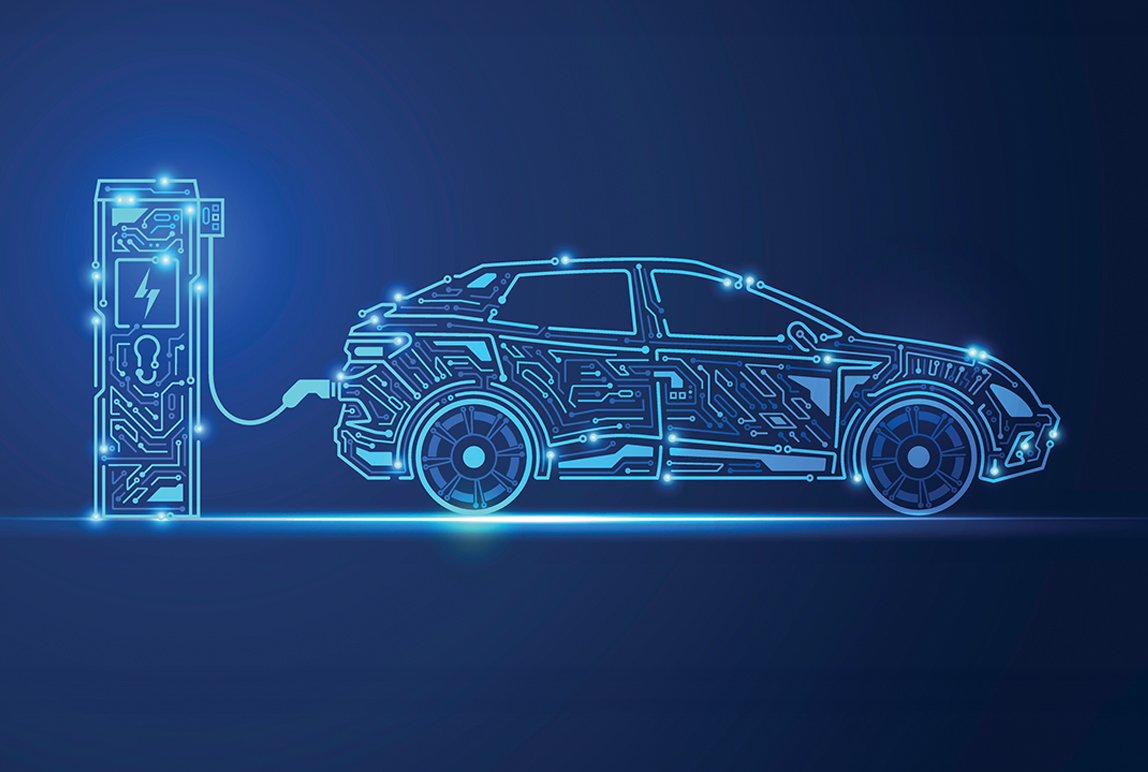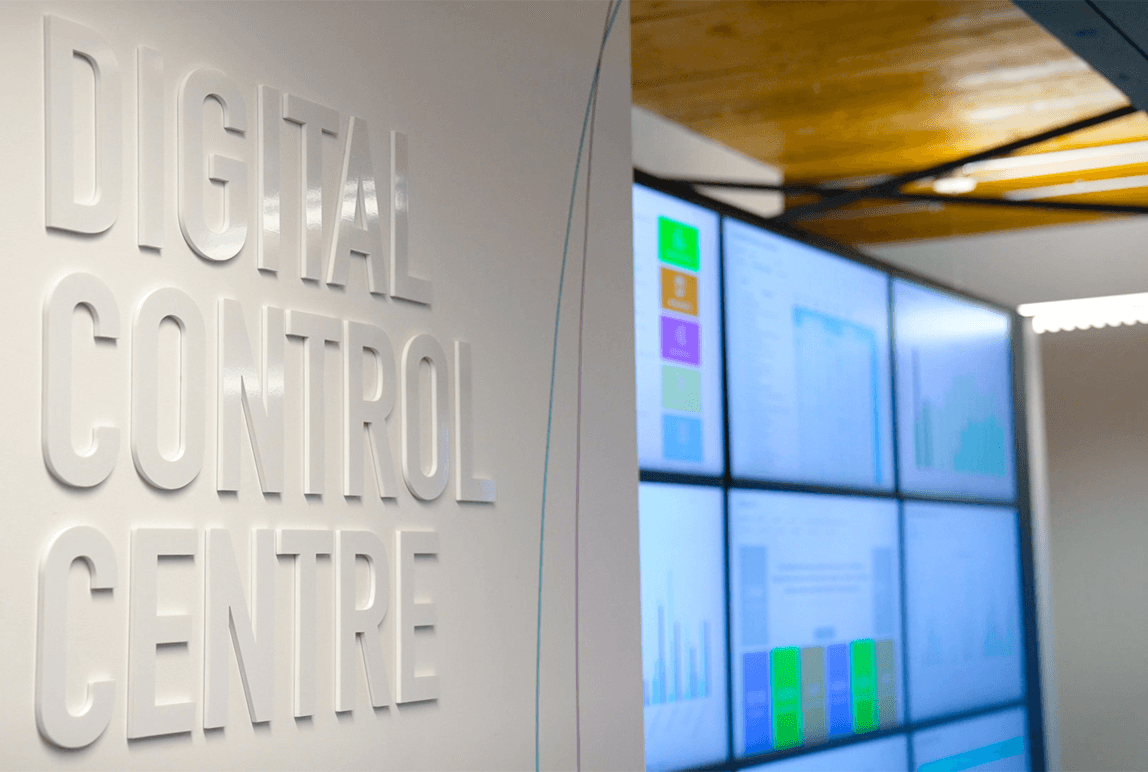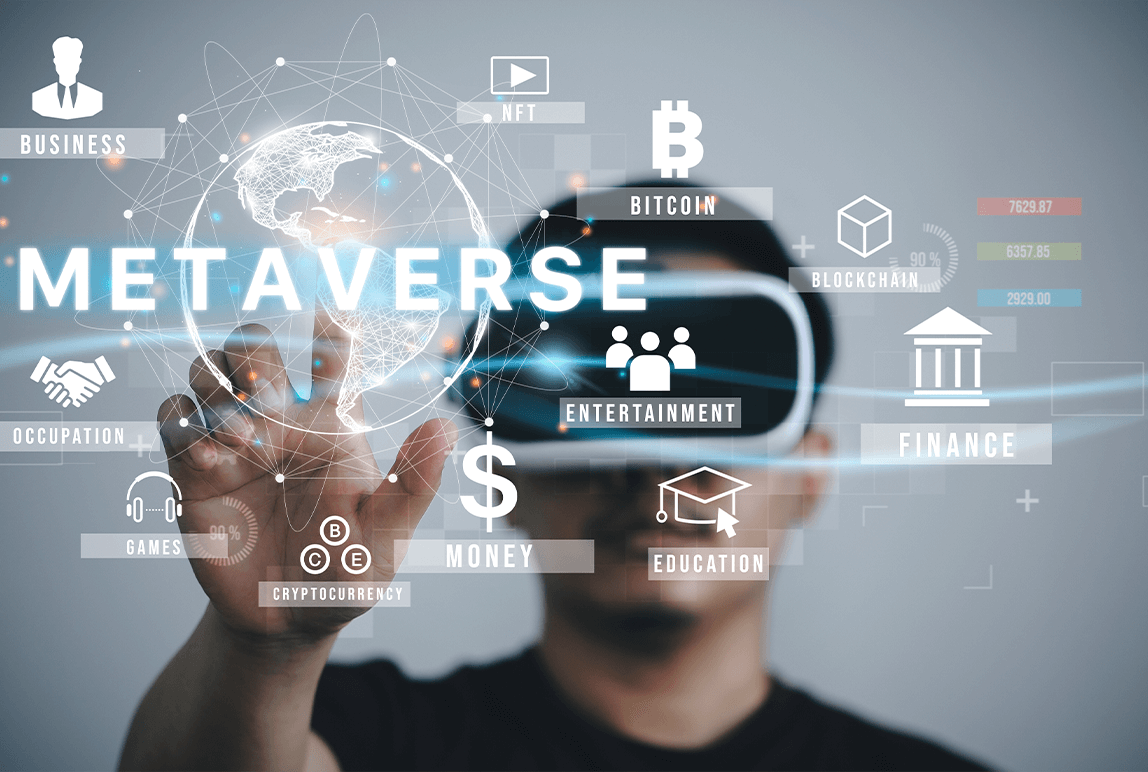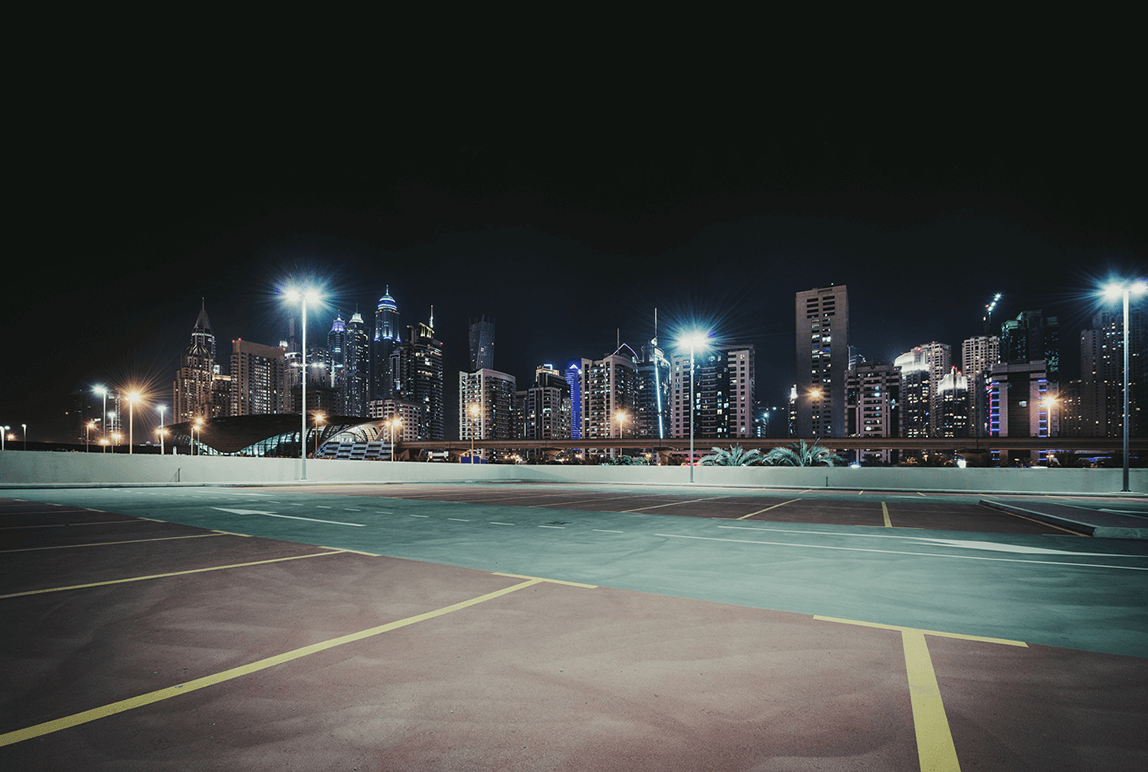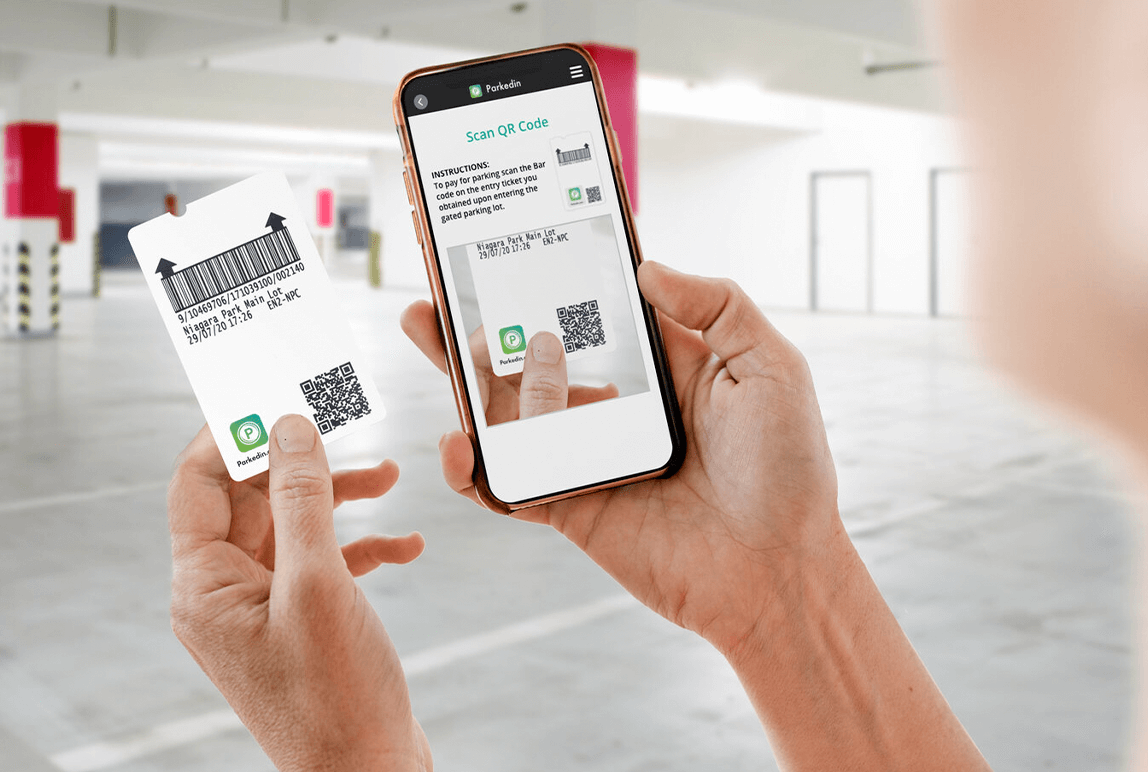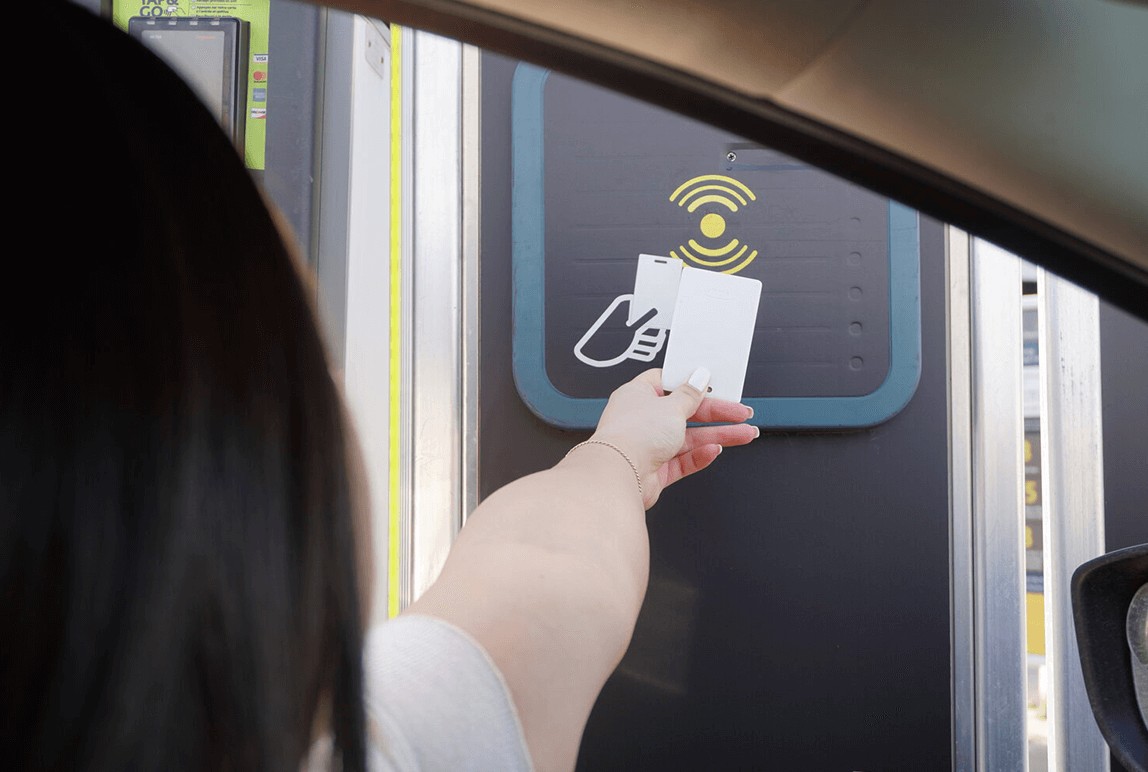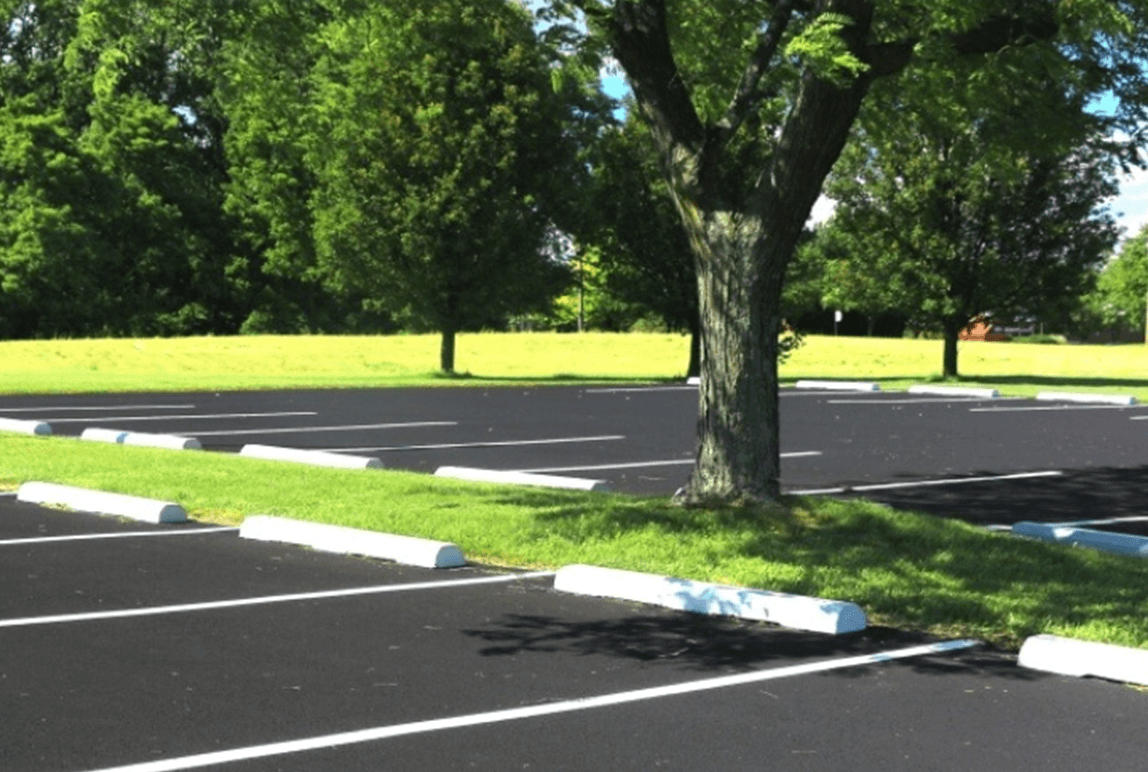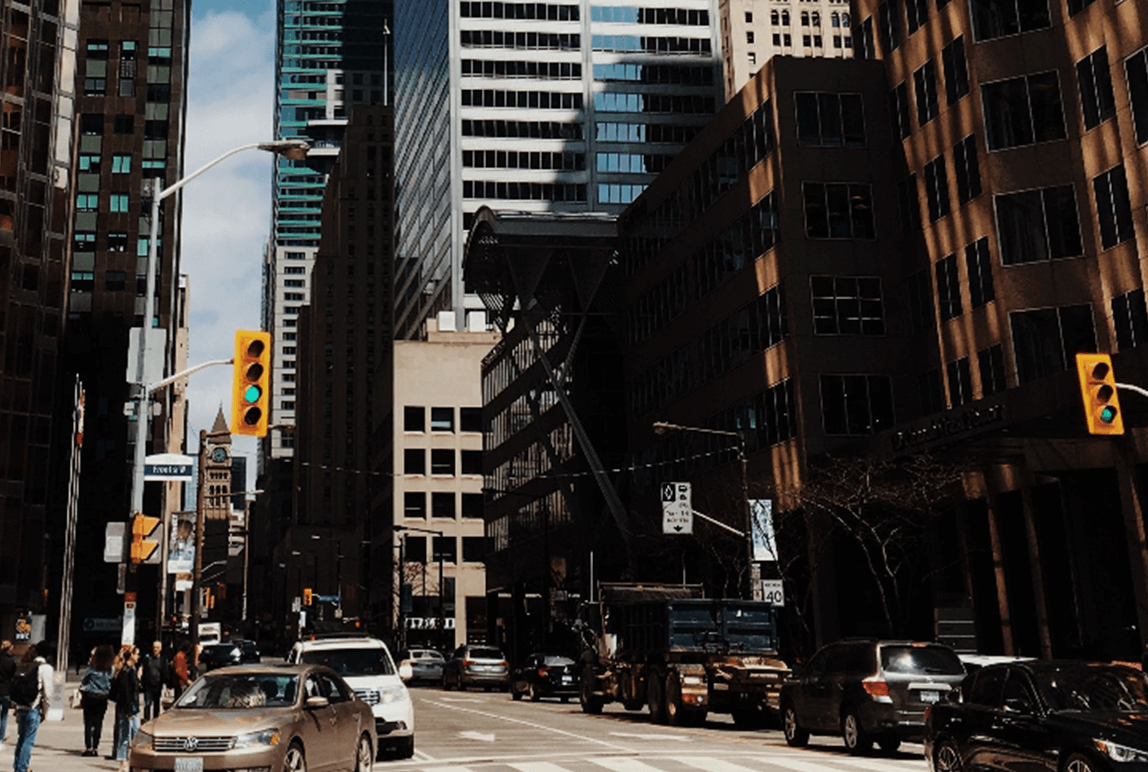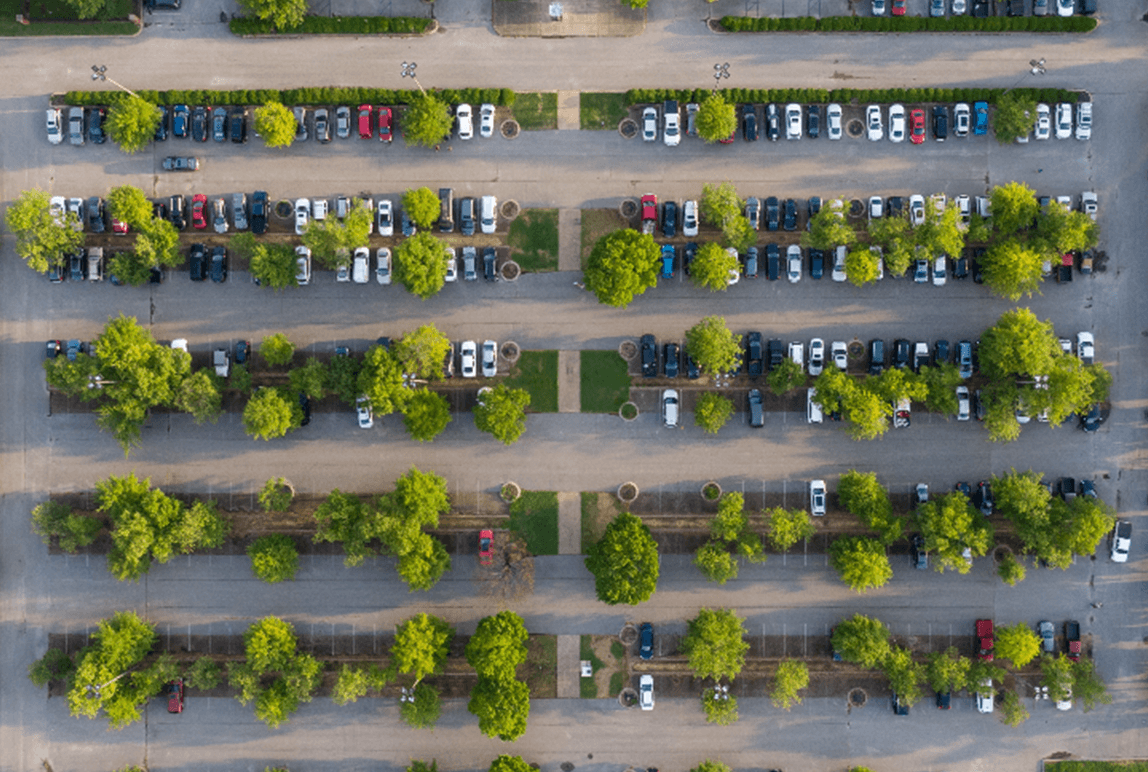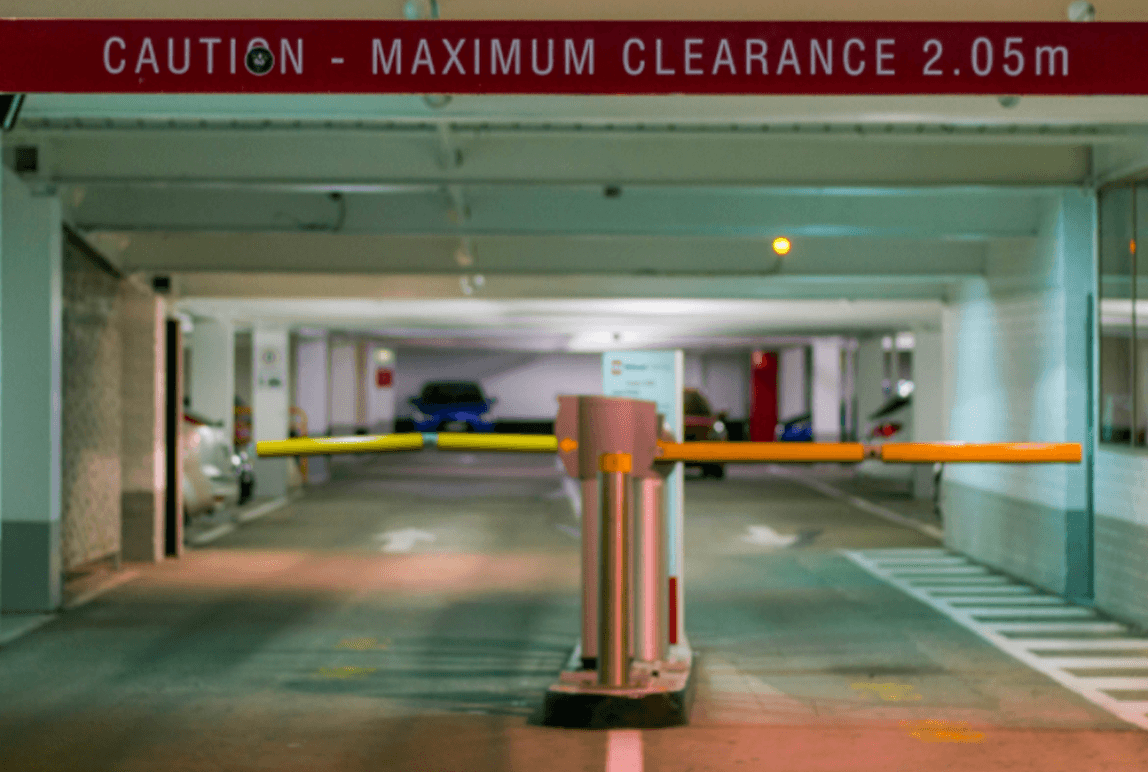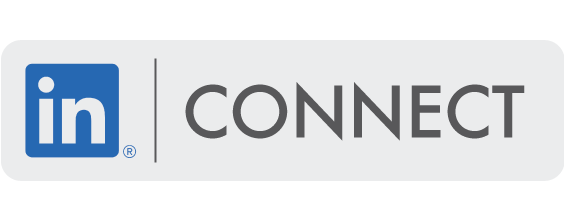Parking Harmony – Where Paid Parking and Free Parking Live Together
Posted: Sept, 16, 2020 11:02AM ET • 5 min read
A couple years ago I was giving a presentation to some city officials (names will not be disclosed to protect the innocent). I was explaining how, with a Pay-by-Plate system, the city could offer free time to parkers for specific time ranges at various parts of the day. They looked at me funny and said something like, “Free parking? We would never offer free parking.” So I quickly backed out of that discussion and focused on revenue generation.
However, since that meeting, I have seen many interesting examples of clients offering free parking in conjunction with their paid parking systems. Here are just a few:
Paso Robles, CA
Paso Robles is located in the Coastal Mountain Region of California, close to mountains, beaches, and deserts. The area is famous for its wineries and in downtown Paso Robles there are 15 wineries for your wine tasting and drinking pleasure. The downtown also features many shops and restaurants. Recently, the City instituted paid parking throughout the town. A key element of their Pay-by-Plate system that helped the City ease into paid parking is offering parkers 2 hours of free time once a day. During that 2 hours, parkers can leave their zone and come back and still maintain their free time.Nyack, NY
Nyack is a small but bustling main street Village about 19 miles from New York City, right along the Hudson River. The Village strives to ensure that merchants succeed but it also wants to encourage on-street turnover. They recently implemented a Pay by Plate system where on-street parkers can receive 15 minutes of free parking twice per day. The user decides how he/she wants to use their free parking time - free parking can be back-to-back, one in the morning, one in the afternoon, etc. This type of system allows customers that are making quick purchases, like a cup of coffee, to do so without paying for parking but also without staying on-street all day.Roanoke, VA
The City of Roanoke, VA is located in the heart of Virginia’s Blue Ridge and has a population of nearly 100,000. The City is known for its vibrant downtown with great restaurants, bars and craft breweries, along with arts and cultural experiences. In 2017, Roanoke implemented metered parking on downtown streets for the first time since removing parking meters in 1998. A parking study revealed that even though parking inventory was sufficient, turnover was low in high demand areas. To help with the transition back to paid parking, the City has adopted Pay by Plate parking with a tiered rate structure. The first hour of parking is free, the 2nd hour is $1.00, and the 3rd hour is $3.00. The maximum time in a zone is 3 hours. There are several off-street parking areas for motorists needing to park for more than 3 hours. Following the re-launch of paid parking, the high demand areas yielded approximately 80% occupancy vs. 90% to 100% when there were no meters.Harvard Continuum
A mixed-use development near the Harvard campus, the Continuum features apartments, restaurants, and shops. Parkers can receive free parking once per day (the hour can be broken up throughout the day) and a 2nd hour can be purchased. The maximum amount of time someone can park is a total of 2 hours. This is a friendly approach that encourages space turnover.
I’ve worked for a manufacturer of parking kiosks for 12 years and I fully believe in paid on-street parking to help free up prime spaces in front of local merchants. I’ve also interacted with many of those merchants and I think I have a good understanding of how paid parking impacts their businesses (or at least how they believe it impacts their businesses). While it may be counterintuitive to offer free parking, each town is unique and a balance must be struck to keep harmony between customers, merchants, and parking initiatives.
As more and more people are turning their back on the suburbs and are choosing to live in cities, it is up to us to deliver systems that benefit the merchant community to help keep dollars on Main Street. Listening to key stakeholders is very important and working with system suppliers to find adaptable solutions that are easy to understand is critical.
By combining free time, paid parking time, and a strong parking ambassador presence (that’s right, I did not say “parking enforcement presence”) that ensures people follow the posted maximum parking rules, we can deliver a parking experience everyone can get behind. In most cities, the main goal of metered on-street parking is to turn over parking spaces in prime locations and encourage the use of off-street lots and garages. By offering free time in some or all locations, this goal can still be achievable as long as abuse can be easily controlled and there are mechanisms in place to assist with long term parking, such as a successful permit program.
Luckily for us, technology now allows us to customize parking policies based on plate numbers as well as by parking zone. Gone are the days of putting a parking meter in front of each shop and assuming that all parts of town should be treated the same. Yes, there are some areas of a city that may require paid parking all day long. But the feeling of quickly parking, running in, grabbing a coffee, and not having to pay or worry about getting a ticket, gives me a warm and fuzzy feeling that encourages me to keep coming back.
Share Article:
ABOUT THE AUTHOR
Sean Renn
Vice President of Marketing and Communications
About Flowbird
Parkeon and Cale have merged to become FLOWBIRD: Urban Intelligence. Flowbird operates in over 5,000 cities and 70 countries, using a cloud-based solution to help clients ease traffic congestion and efficiently manage their transit systems. Our significant expertise and strong investment into research and development allow us to deliver products and digital services that will help us improve individual journey experiences and make our communities better.
Questions?
Fill out the form below and we will do our best to connect you with a suitable contact.
